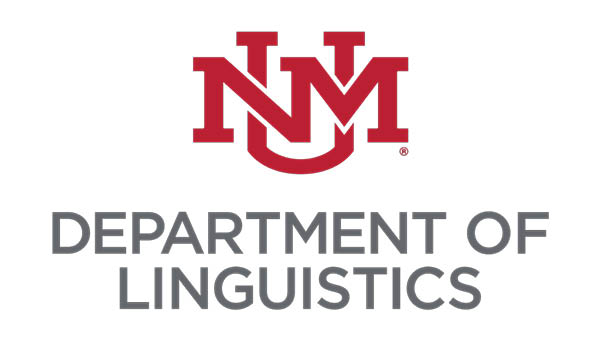Every letter counts: new research on New Mexican Spanish pronunciation
October 20, 2023 - Savannah Peat
 Me-muh-ry or mem-ry (memory), fa-muh-ly or fam-ly (family), ce-luh-ry or cel-ry (celery), and so on – there are different ways to pronounce words. Across languages, linguists spend a lot of time figuring out what it is about the way that we use language that predicts when speakers produce certain words.
Me-muh-ry or mem-ry (memory), fa-muh-ly or fam-ly (family), ce-luh-ry or cel-ry (celery), and so on – there are different ways to pronounce words. Across languages, linguists spend a lot of time figuring out what it is about the way that we use language that predicts when speakers produce certain words.
UNM Ph.D. Linguistics student and Joseph Greenberg Fellow Sarah Lease has just published research that contributes to answering this question.
“I think this study for me was a great way to kind of dip my toes into working on this question and simultaneously being able to provide to the field of New Mexican Spanish information on a new variable,” Lease said.
Lease has just released the article A usage-based account of paragogic /e/ in 20th century New Mexican Spanish in Studies in Hispanic and Lusophone Linguistics. She aimed to pinpoint variables that predict when New Mexican Spanish speakers produce a hallmark feature of this dialect and when they don’t.
Similar to the fam-ly versus fa-muh-ly alternation, Lease focused on alternations in words that display paragogic /e/ - the addition of the vowel /e/ at the end of a word. In New Mexican Spanish, this alternation is found in words like rincón and rincone (‘corner’) and leer and leere (‘read.’)
“These are the same exact words for speakers–it’s just two ways of producing these words,” Lease said. “The paragogic /e/ just hasn't received a lot of attention in previous scholarly work, so I was just kind of interested in trying to expand the body of work on New Mexican Spanish by looking at this less studied feature.”
The study focuses on the variable of paragogic /e/ (rincón or rincone ‘corner’) among New Mexican Spanish speakers, which provides an exceptional test case for the consequences of words’ cumulative usage in paragoge’s conditioning contexts.
This follows along with the efforts of other linguists at UNM who strive to preserve and document New Mexican Spanish.
For the project, Lease searched for words that alternated between a paragogic /e/ rincone and non-paragogic-/e/ form rincón in UNM data of New Mexican Spanish that had been compiled by other UNM researchers. These corpora included the New Mexico and Colorado Spanish Survey, the New Mexico Spanish-English Bilingual corpus, and Las Pláticas.
Read more in the UNM Newsroom
